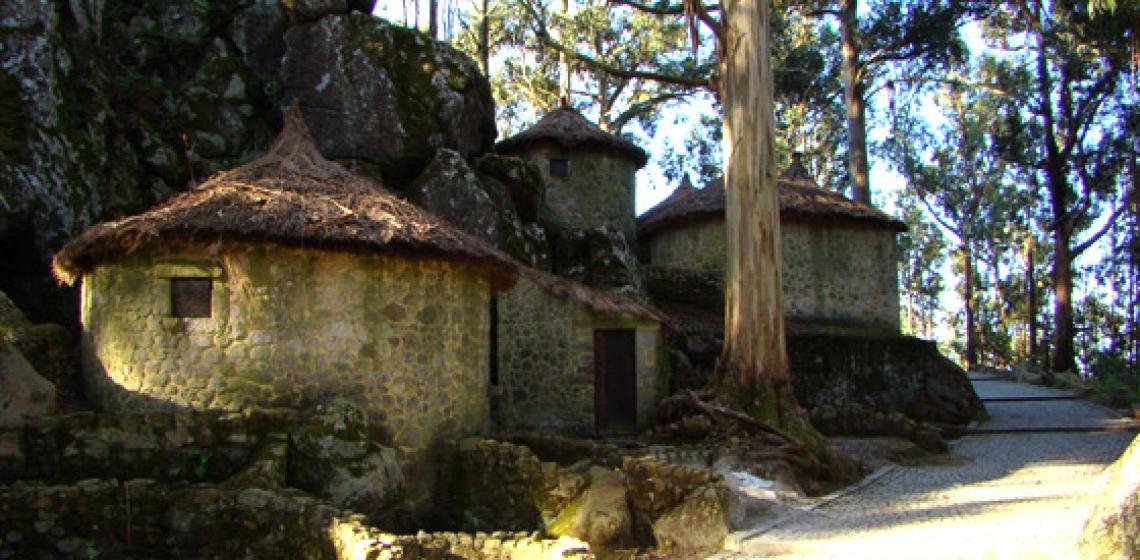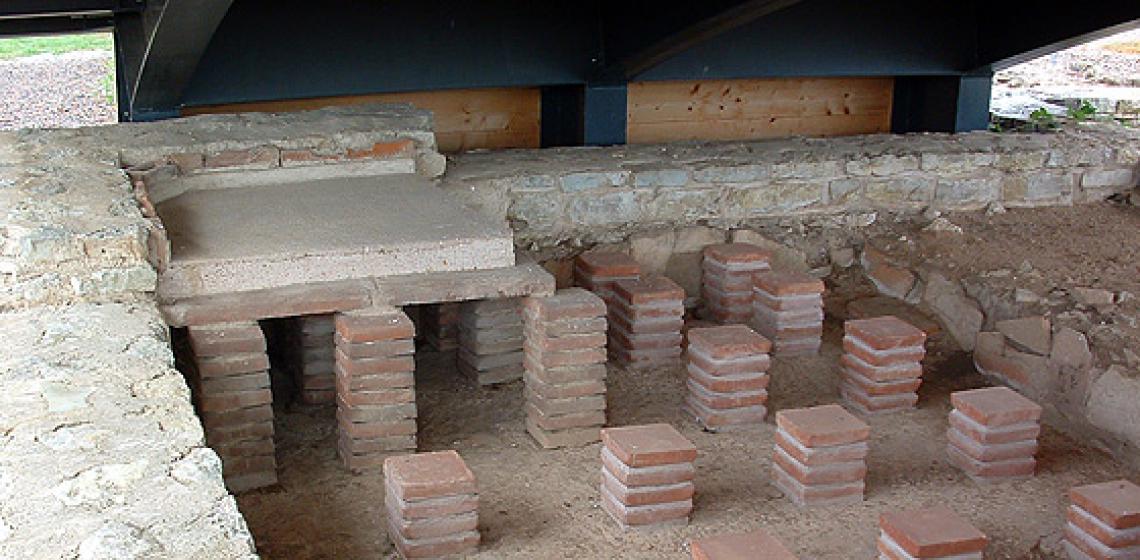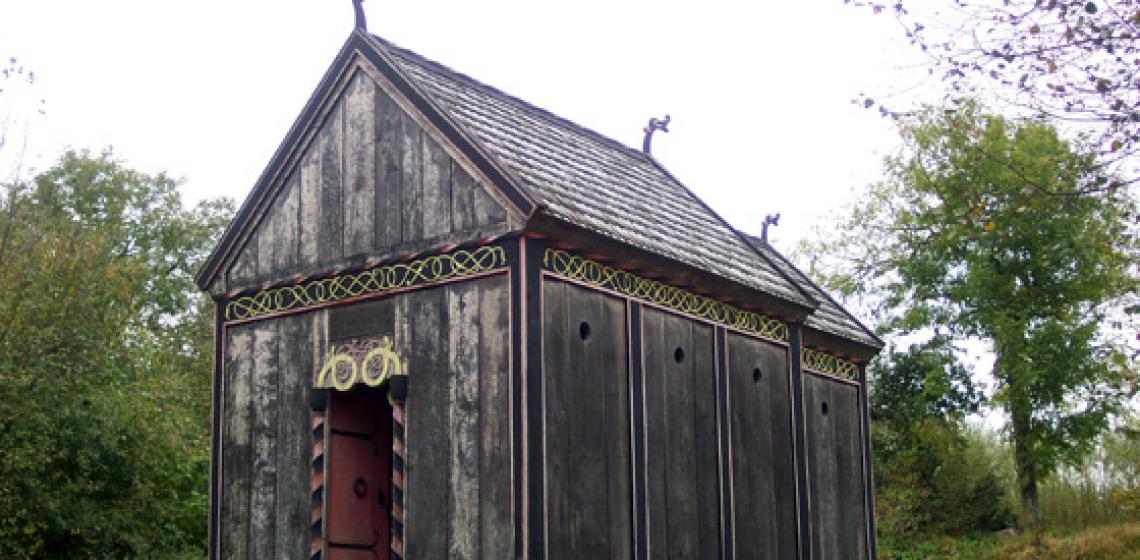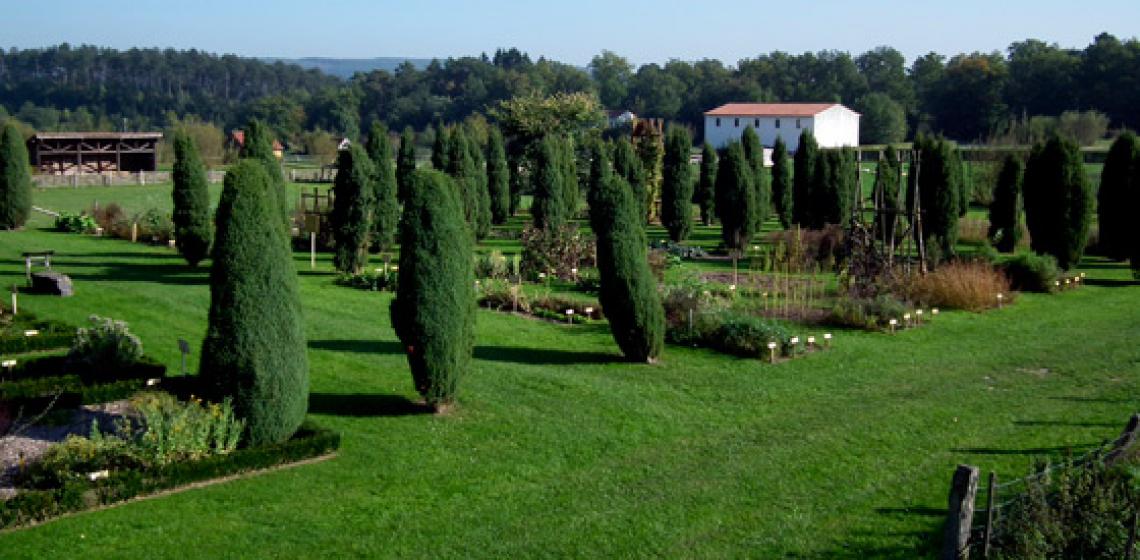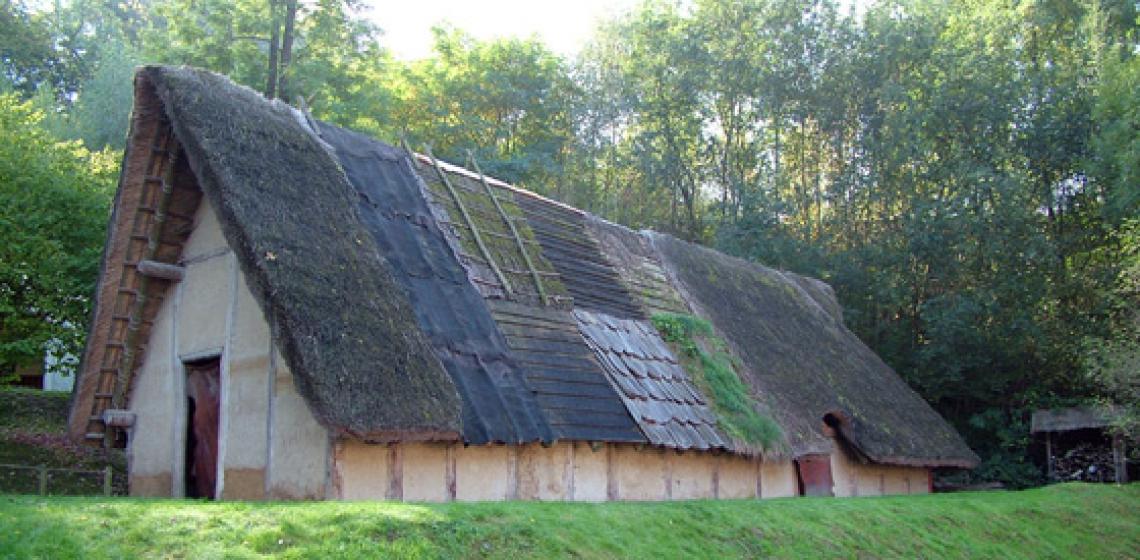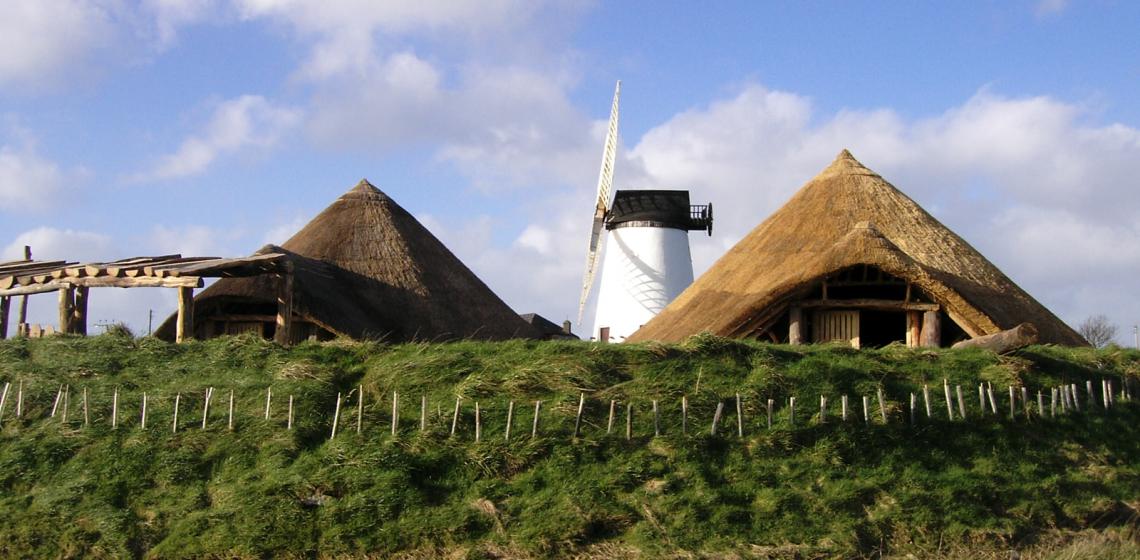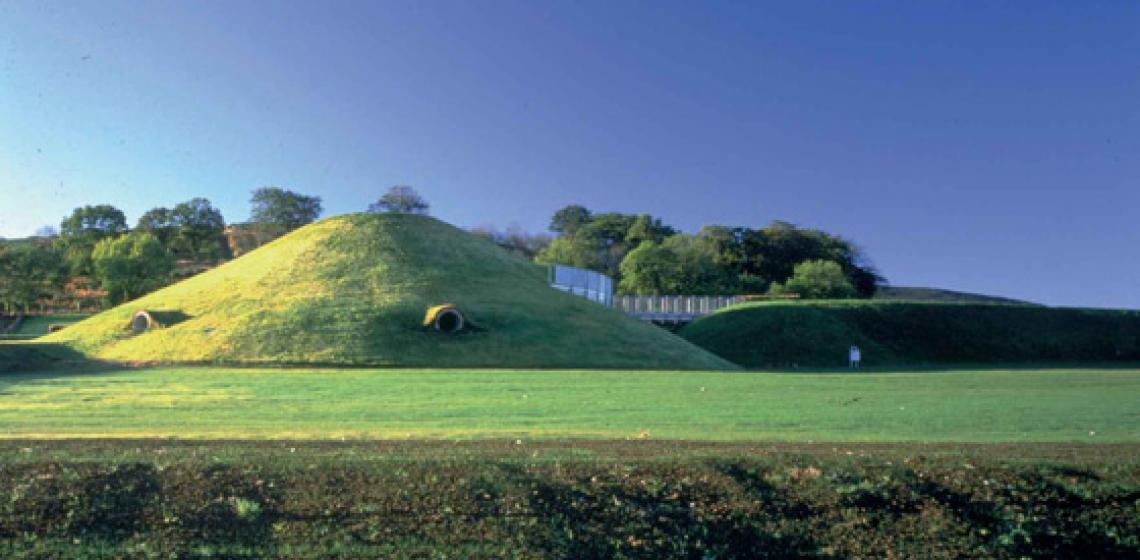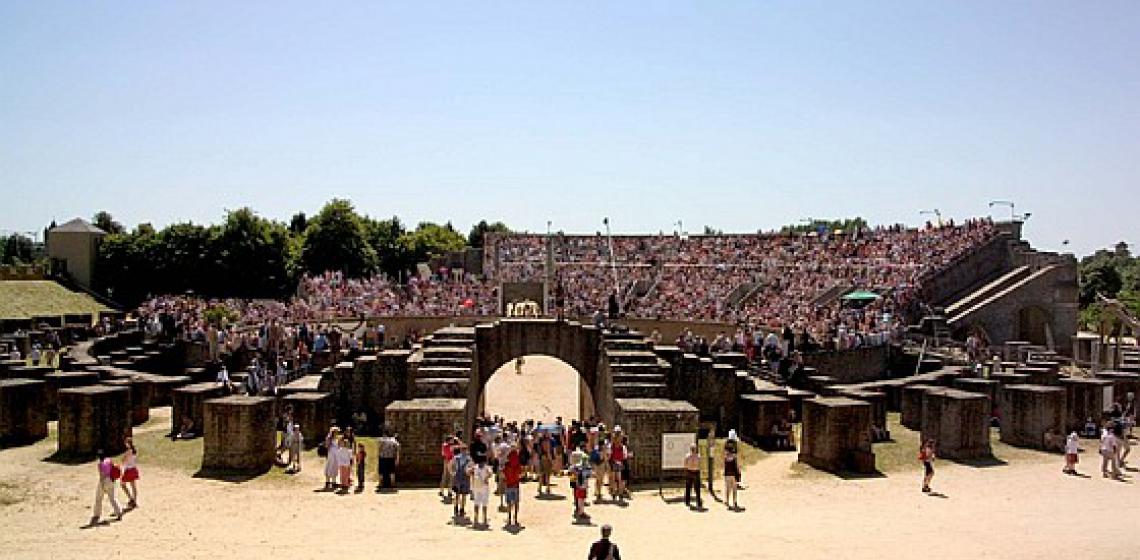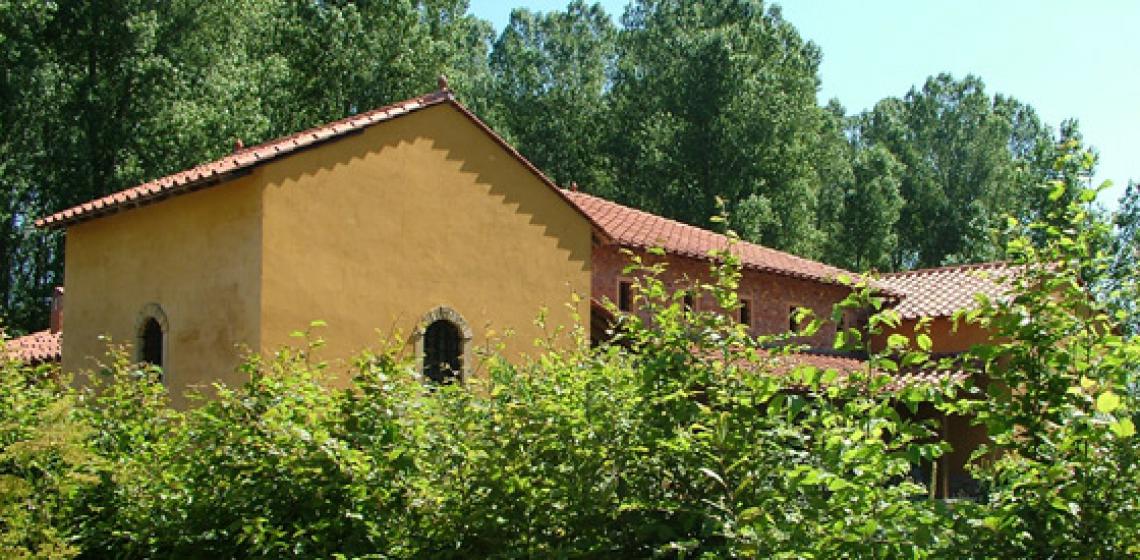Castro de S. Lourenço (PT)
The Castro de S. Lourenço in the district of Esposende is part of a series of hill forts which controlled the region’s coastal shipping route. The site gives a great panoramic view and control over both the coastal area and the estuary of the Cávado river.
The Castro de S. Lourenço in the district of Esposende is part of a series of hill forts which controlled the region’s coastal shipping route. The site gives a great panoramic view and control over both the coastal area and the estuary of the Cávado river...

